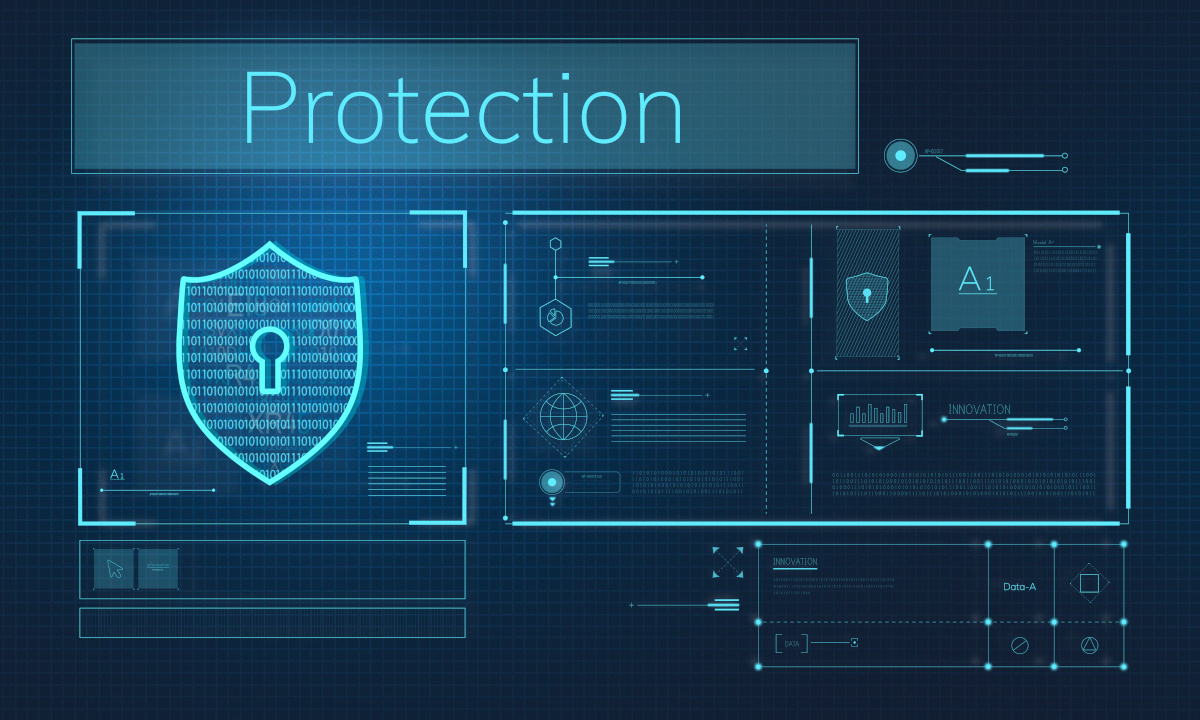Reduce Downtime with Business Continuity and Disaster Recovery
July 21st, 2023 by admin

Today's businesses increasingly rely on their digital infrastructure to operate efficiently and effectively. However, with this reliance comes the risk of unexpected disruptions that can wreak havoc on a company's operations, leading to significant downtime and financial losses. To mitigate these risks and ensure the resilience of their operations, organizations must adopt robust strategies for business continuity and disaster recovery.
Business continuity and disaster recovery are closely related concepts that focus on maintaining essential business functions and minimizing downtime in the face of unexpected events. While they share similar objectives, they approach the issue from different angles.
Business continuity encompasses a proactive approach to identify and manage potential risks, ensuring that critical processes can continue uninterrupted during a disruption. On the other hand, disaster recovery focuses on the reactive measures necessary to restore operations after a disaster has occurred in our interconnected and technology-driven world.
This article will explore the importance of business continuity and disaster recovery planning for organizations of all sizes and industries.
How Do Business Continuity and Disaster Recovery Reduce Downtime?
Business continuity and disaster recovery strategies are designed to minimize downtime and its impact on business operations. They achieve this by implementing a series of proactive and reactive measures that ensure critical processes can continue uninterrupted or are swiftly restored in the face of unexpected events. Here are some ways in which business continuity and disaster recovery reduce downtime.
Risk Assessment and Planning
Business continuity and disaster recovery initiatives begin with a comprehensive risk assessment. This involves identifying potential threats and vulnerabilities that could disrupt operations, such as natural disasters, power outages, cyber-attacks, or equipment failures. By understanding these risks, organizations can develop tailored plans and preventive measures to mitigate them, reducing the likelihood and impact of downtime.
Redundancy and Data Protection
Implementing robust backup and recovery systems is key to business continuity and disaster recovery. This includes regularly backing up critical data, applications, and systems to ensure they can be restored quickly in the event of an incident. By maintaining redundant copies of data and utilizing technologies like replication and snapshotting, businesses can minimize downtime and data loss, enabling rapid recovery.
High Availability and Failover Systems
To reduce downtime, organizations deploy high availability and failover systems that ensure uninterrupted access to critical applications and services. These systems automatically switch to backup servers or redundant infrastructure when the primary systems experience an outage. Businesses can minimize downtime and maintain continuous operations by eliminating single points of failure and providing seamless failover capabilities.
Communication and Incident Response
Business continuity and disaster recovery plans include well-defined communication protocols and incident response procedures. These ensure that all stakeholders are promptly notified in the event of a disruption and enable efficient coordination of response efforts. Effective communication minimizes confusion and facilitates timely decision-making, allowing organizations to respond swiftly and reduce the duration of downtime.
Employee Training and Awareness
A critical factor in reducing downtime is ensuring employees are well-prepared to respond to disruptions. Regular training and awareness programs help employees understand their roles and responsibilities during a crisis.
They learn how to execute the business continuity plan, activate disaster recovery procedures, and effectively communicate within the organization. Well-trained employees can respond swiftly and effectively, minimizing downtime and accelerating the recovery process.
Continuous Monitoring and Testing
Business continuity and disaster recovery strategies involve ongoing monitoring and testing of systems, infrastructure, and response plans. By regularly assessing the effectiveness of these measures, organizations can identify and address potential vulnerabilities before they lead to extended downtime. Regular testing also helps validate the recovery time objectives (RTOs) and recovery point objectives (RPOs) of critical systems, ensuring they align with business requirements.
By implementing these measures, businesses can significantly reduce downtime and associated costs. The proactive approach of business continuity planning and the reactive measures of disaster recovery combine to create a comprehensive strategy that ensures operational resilience, protects assets, and minimizes disruptions to business operations.
The threat of unexpected disruptions to business operations is a constant reality in today's fast-paced and interconnected world. By prioritizing business continuity and disaster recovery, organizations can safeguard their operations, protect their assets, and minimize downtime.
If you want to learn more about business continuity and disaster recovery and how they help reduce downtime, contact us today.
Posted in: Solutions
